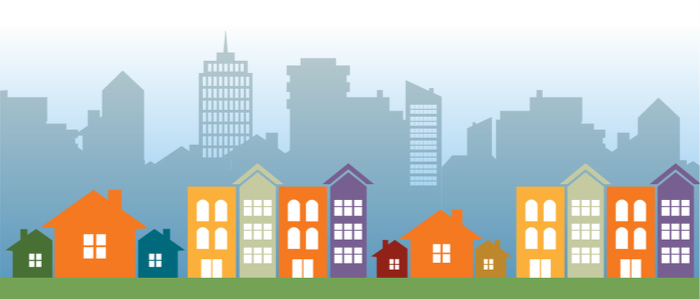HOUSING, in general, refers to the arrangement and assigned use of buildings or homes collectively, for the single purpose of housing individuals or small groups for the sake of protection from the elements, usually of the natural or man-made kind. It also involves the regulation of the entrance and exit to a building. In its widest sense, housing can also mean the fixing of a person’s dwelling place or dwelling, especially for another, within the confines of another structure, whether it may be a farmhouse a store, a house, or a building meant exclusively for family purposes. Housing may also refer to the raising of children in a family, institutional, or military establishments.

If you’ve ever walked through any city, or town, chances are that you would have noticed quite a few houses sitting vacant. This may seem unfortunate to some people, especially in towns where real estate is generally a premium. However, there are many factors that contribute to this problem, ranging from economic issues such as a lack of jobs, to the overall state of the housing market in a given area. For many people who live in underdeveloped communities, it becomes a very serious matter.
The problem of housing developments can also become a serious concern when it affects the area in which a person lives. For instance, in the greater Los Angeles metropolitan area, there have been efforts by the city to develop more dwellings for those residents who cannot find a home in the suburbs. One of these measures was the establishment of a new zoning ordinance for the metropolitan area. According to this law, dwellings can only be built where there is plenty of room for people to move around and to store their personal belongings. There is even a minimum size requirement as to how many persons can live in a dwelling, which is determined by the size of the town or cities in question.
This law has led to an increase in the building of more dwellings in urban settings, which can provide an increased number of homes for people who cannot find homes within the suburban setting in their particular areas. Additionally, more dwellings can accommodate more people, which can lead to increased housing prices. If the housing prices continue to rise, then more people will be able to afford to buy houses in the suburbs. In this way, the availability of low-cost housing can become a reality for many people.
One way that communities can ensure that the rate of urbanization remains down is through the implementation of both rent control and new construction limitations. Both of these techniques aim to keep the rate of urbanization below the rate of growth of the surrounding communities. In some cases, both of these techniques are combined with density bonuses. These can add up to substantial savings on housing costs for the local residents.
For many people, the idea of having cheap housing in expensive neighborhoods may seem like a dream. Fortunately, affordable housing is now becoming a reality. For families on modest incomes, the purchase of a new house or a conversion of an existing house into low-income housing is a possibility that was not even available a few years ago. For people on moderate incomes, a house in a gated community or an older home in an ideal neighborhood is no longer a fantasy. Indeed, there is no reason why the housing market can’t remain competitive with the rising prices of properties for rich people.